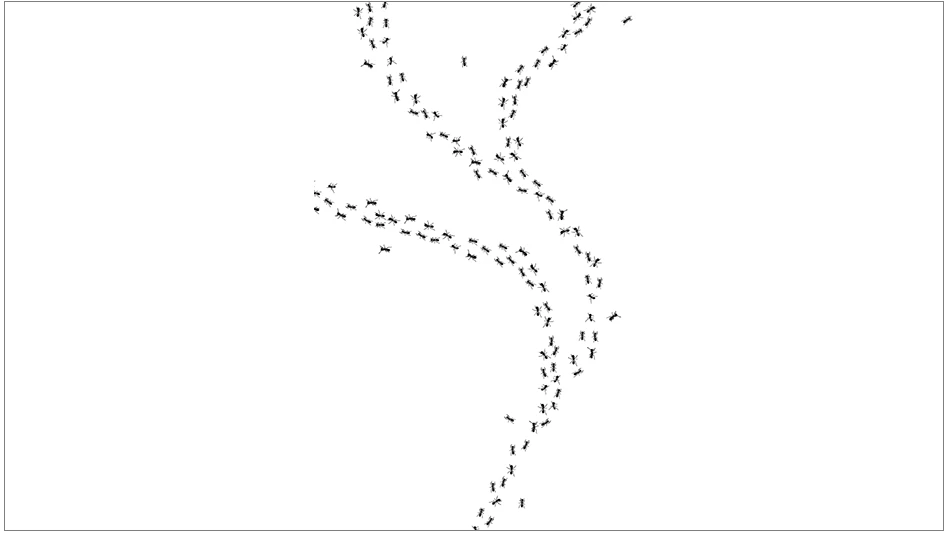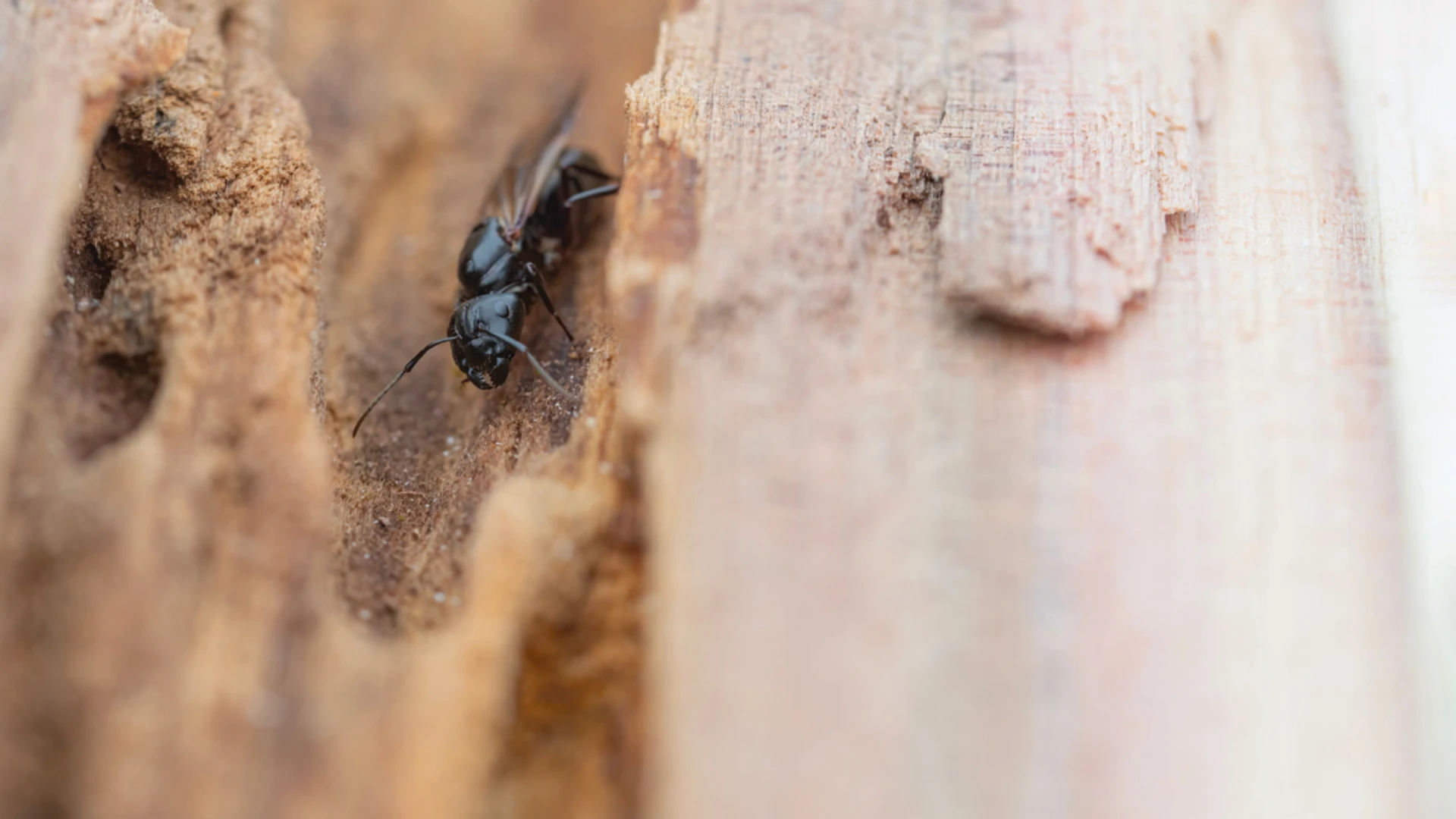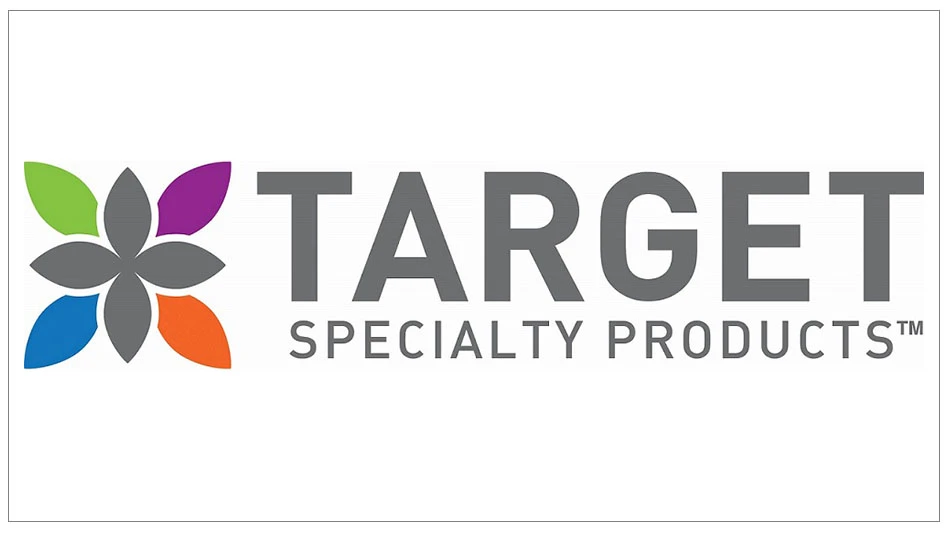Editor’s note: The following feature has been adapted from a presentation given by Jay Bruesch in January at the 66th Purdue Pest Control Conference. Bruesch is technical director for Plunkett’s Pest Control Inc., Fridley, Minn., and can be reached at jbruesch@pctonline.com.
Insect light traps (ILTs) are available to pest management professionals in a wide — and sometimes confusing — variety. All ILTs use scientific principles involving the attraction of insects to ultraviolet light. ILTs are more than that, however. They can have value as a monitoring tool as well. A pest control technician who is knowledgeable in identifying pest insects, and who understands insect biology and behavior, can read much information from the catch tray or adhesive board within an ILT. Further, he or she can use this in day-to-day decision making regarding his or her accounts.
Light traps alone, however, cannot accomplish fly control or the control of other flying insects. They only have value within a larger context. They must be used as part of a carefully thought-out pest management program. Their performance must be continually evaluated and continually supplemented by all other components of a good integrated pest management (IPM) program: inspection, exclusion, sanitation, communication and the judicious use of pesticides.
The key to making ILTs work, regardless of the type of account in which they are used, is effective supplemental treatments with residual and non-residual insecticides – where such applications are permitted. Through a well-developed understanding of fly behavior and biology, pest management professionals can target these supplemental applications at those areas where flies (and other flying insects) will congregate prior to entering a facility and at the places where they come to rest after entering a new area. Careful inspection is needed in order to determine where flies may be found resting on the interior and exterior of a building. By focusing supplemental applications on the fly resting areas observed during inspection, success with ILTs is assured.
If this important step is omitted, no amount of light traps will be completely effective.
Knowing about fly biology can help pest management professionals make decisions about what type of trap to use, how many, as well as where to place the traps. For instance, it’s important to know that flies reach peak population levels in late summer, breed in manure and garbage, and are attracted to warmth, odors and light. Flies are also diurnal, meaning they rest at night. During the daylight hours, ambient UV rays are at their richest and flies are active close to the ground. (During the night they rest high over feeding areas.) Most attractive to flies is ultraviolet (UV) light in the range of 365 to 369 nanometers. Most ILTs use UV light that falls in that range.
WHICH ILT? There are three primary types of ILTs: electrocuting, non-electrocuting (glue) and window (also glue). They are most often used in pharmaceutical and food-processing plants, warehouses, feed plants and elevators, restaurants, hospitals and nursing homes and convenience stores. However, not all ILTs are right for every situation.
For instance, ILTs that electrocute their prey are powerful tools best used in areas where falling debris and airborne insect fragments are not a major concern. Most electrocuting ILTs contain a catch pan that collects insects and fragments. Sometimes the popping noise associated with an electrocution kill can be inappropriate for areas where such a sound would be disturbing or annoying.
Non-electrocuting glue ILTs function well as a monitor, and look nice for “dressy” areas. They are the preferred ILT near food-processing surfaces, though they should be kept 5 feet from such surfaces when possible.
Non-electrocuting glue ILTs work efficiently as a monitor in most scenarios but are not suitable for areas with high fly volume. In the case of high fly volumes, glue ILTs tend to fill up too quickly.
AN INTEGRATED APPROACH. As has been stated, ILTs work best when used as part of a comprehensive integrated system for fly elimination. If light traps are all a pest management professional relies on, his or her efforts will be less successful than if he or she had devised an integrated approach.
The key to making ILTs work, regardless of the particular type of account in which they are used, is effective supplemental treatments with residual and non-residual insecticides — where permitted. Through a well-developed understanding of fly behavior and biology, the pest management professional can target these supplemental applications at those areas where flies (and other flying insects) will congregate prior to entering a facility; and at the places where they come to rest after entering a new area.
Some flies are behaviorally resistant to light attraction and it is these resistant flies that can elude a flytrap. Flies not trapped right away may never be trapped. For this (and many reasons) it is important to inspect the area from the outside in and the inside out. If this is not done, some flies will never be trapped and the control program will be doomed.
Sanitation (both indoors and out) and exclusion are also important elements in an integrated approach. Though these types of preventive measures are second nature to most pest management professionals, they are too often overlooked.
SUPPLEMENTAL TREATMENT. Before devising a plan for supplemental treatment, it is necessary to inspect the facility during both day and night to find fly resting areas. Flies tend to rest on a surface prior to entering a new area and they quickly find a landing spot upon their arrival. The inspection process should also include a thorough examination of screens on doors.
Supplemental treatments for a facility exterior should most often employ baits and sprays. The more that can be controlled outside, the less that will have to be done inside. Exterior residual treatments can be applied to trash bins and waste grease barrels, sunny sides of buildings, employee dining areas and doorframes. Scatter baits, sex attractant traps and bait strips are most effective for this kind of exterior supplemental treatment.
Interior supplemental treatments should be applied to ledges, corners and cords. Looking for flyspecks is a good way for pest management professionals to find resting points.
Supplemental treatments should continue from May through September or October, with an increased intensity toward late summer.
ADDITIONAL TREATMENT TIPS. Visit the account several times during a day to find out where flies rest during the day and at night. Chances are, only limited areas will need treatment.
Follow label directions. Not all materials are labeled for use in food areas, for example; and of those that are, not all of them permit general applications.
Some products may require that the plant be out of operation while applications are taking place.
Check with contact people and responsible authorities at your client’s location.
Use only materials that both your company and your client have agreed are permitted for use.
For interior areas, leave the sprayer in the truck. Use application methods that enable the insecticide to be applied precisely only to fly resting areas. A sponge, for example, is a useful tool for making supplemental applications for flies.
LIGHT OUTPUT AND ILT PLACEMENT. The most important part on an ILT, without question, is the bulb used to attract the pests. ILTs generally use ultra-violet (UV) light ranging in output of 365 to 369 nanometers. When black light bulbs (BLB) are used, the output they provide is just under this at 350 to 352 nanometers.
It’s important to remember that just because the bulb doesn’t look as bright as you would expect, it is giving off light that cannot be seen by the human eye. Like daylight, ILT bulbs project both light we can see and light that we cannot see.
When choosing a bulb for an ILT, it is important to remember that the bulbs used will constantly be competing with daylight. That said, bigger is better with regard to light output.
Bulbs should regularly be replaced, generally after about six months of continuous use. The bulb might look fully functional at this time, but pest management professionals should remember that violet light is still visible long after the UV output has dried up. In most lights, there is a rapid decrease in UV output in the first three months of bulb life. By the sixth month, 50 percent of the UV output is gone.
Placement is equally as important as light output, because a poorly placed ILT is essentially useless, no matter how brightly its bulb shines.
Before installing an ILT system, the pest management professional should determine how people, products and even air currents flow through the facility.
This path should be examined closely by the pest management professional before setting traps. A series of traps along this route will probably be the most effective plan for ILT placement.
A general rule is to not place ILTs any further than 50 feet apart. And because flies land immediately after entering a new area, it is a good idea to have an ILT waiting for them just inside each new entry point. ILTs should not be visible from outside and they should be a minimum of 5 feet from food-contact surfaces. A 10-foot distance is advisable for electrocuting units.
Photos courtesy of Jay Bruesch.
The author is a contributing writer for PCT magazine. He can be reached at via e-mail at wnepper@pctonline.com.

Explore the October 2002 Issue
Check out more from this issue and find your next story to read.
Latest from Pest Control Technology
- CAPMA Hosts 2025 Legislative Day in Sacramento
- Grizz Pest Management Bartends for a Cause
- Rose Pest Solutions Becomes Official Pest Provider of Chicago Fire FC
- WSPMA Hosts Legislative Day at Washington State Capitol
- A-1 Pest Control Marks 59 years in Business
- Hawaii PCO Shares Regulatory Challenges, Business Impacts from Lahaina Wildfires
- 5 Tips for Reducing Waste in the Office and in the Field
- OvoControl Now Available in Chile





